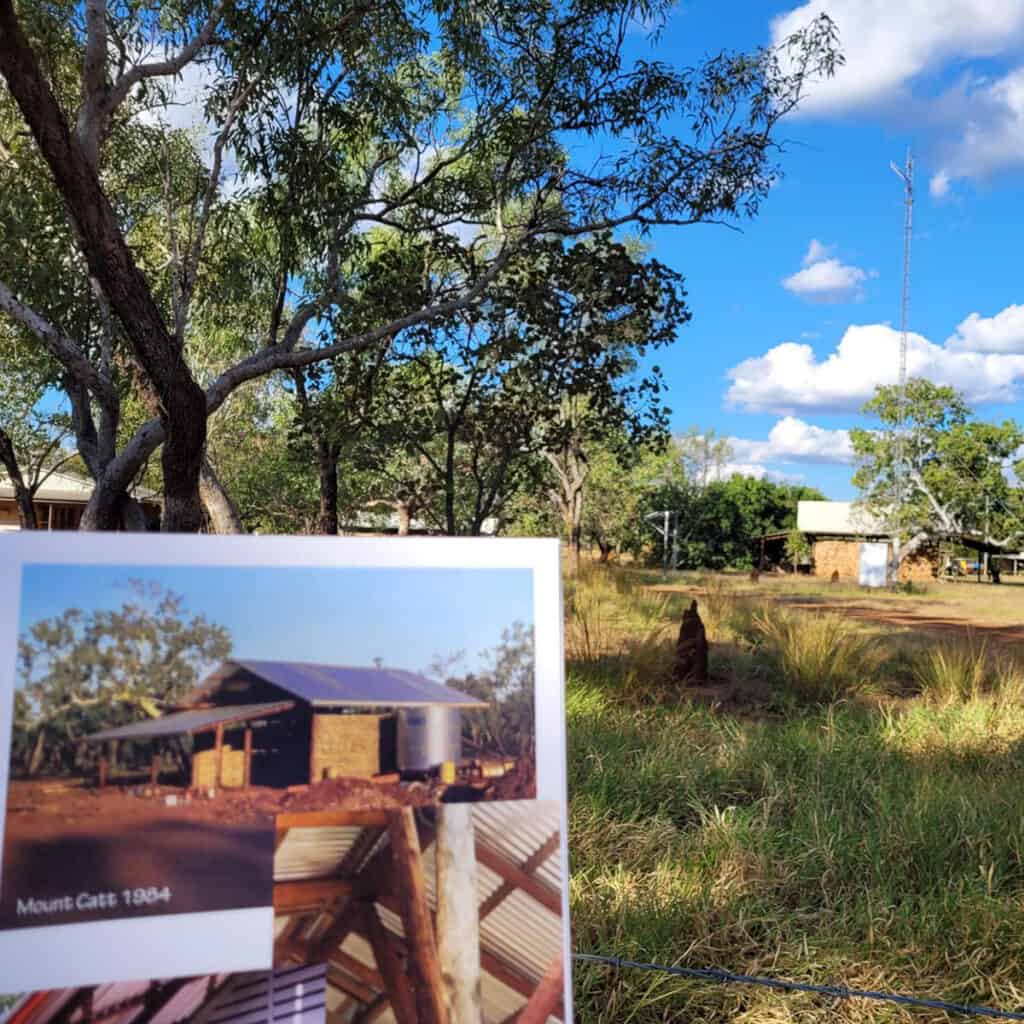The indigenous language term wilya janta means ‘standing strong’. It is the name given to a project to provide culturally safe and climate-appropriate housing for remote Aboriginal communities. Standing strong refers to individuals, communities and the structures that house them.
Emergent Group engineers Glenn Platt and Lilly Großstück are participating in a housing collaboration between traditional owners, medical professionals, architects, engineers and local tradespeople.
The relationship between housing conditions and health are well documented, with overcrowding, lack of thermal comfort and power insecurity contributing to poor health outcomes such as the spread of infections like streptococcus.
The Wilya Janta project is planning to build three concept houses that demonstrate how much better housing can be for Australia’s remote communities. The key principles of the project are safe, culturally appropriate and energy efficient housing.
The contribution from Emergent Group, through its engineering and environmental consultancy Advitech, is to come up with clever novel approaches to building design – bridging the vision of the architects, with practical engineering methods to realise low-cost, efficient and beautiful buildings. Advitech’s work includes advising on building methods and materials, structural design, and the realisation of a scalable product and business model.
Glenn and Lilly travelled to remote Northern Territory last November to consult with local residents and various professionals to learn about the environmental conditions, cultural practices and housing needs of the area.
This month, Lilly made a second visit to Tennant Creek to build on the knowledge gleaned from their initial interaction with the collaboration. The focus of this trip was to visit other remote communities such as Emu Springs and Mount Catt, which were part of the self-help housing project in the 1980s.
Lilly Großstück, a Structural Engineer originally from Germany, has learned much of the unique environmental and cultural conditions of remote Northern Territory during her visits to the region.
“We went to Tennant Creek to listen and learn, and what has become glaringly obvious to me is that local, indigenous knowledge is fundamental to the success of this project.
“To build housing without understanding the real needs of the intended residents, or to ignore local knowledge of such things as seasonal weather conditions and traditional building practices would make no sense,” said Lilly.
Energy security is a major issue for remote communities, with power going off often and unpredictably. Glenn Platt’s long history of researching and applying knowledge of energy systems, particularly renewable, will contribute to this project.
Glenn believes the solar energy and clever building design are keys to improved energy outcomes for people across the Northern Territory.
“It’s crucial that people have a reliable source of electricity to their homes in order to be able to store food and medications appropriately and to manage the extreme fluctuations in temperature, and engineers can provide these solutions,” said Glenn.
Both Lilly and Glenn are looking forward to the commencement of building the concept homes and to continue learning from the lived experience of their residents.
Learn more about the Wilya Janta project and collaboration at their website.
Wilya Janta project lead, Medical Doctor and Engineer, Simon Quilty authored a recent article in The Conversation on the potential for rooftop solar in remote First Nations communities in the Northern Territory.
